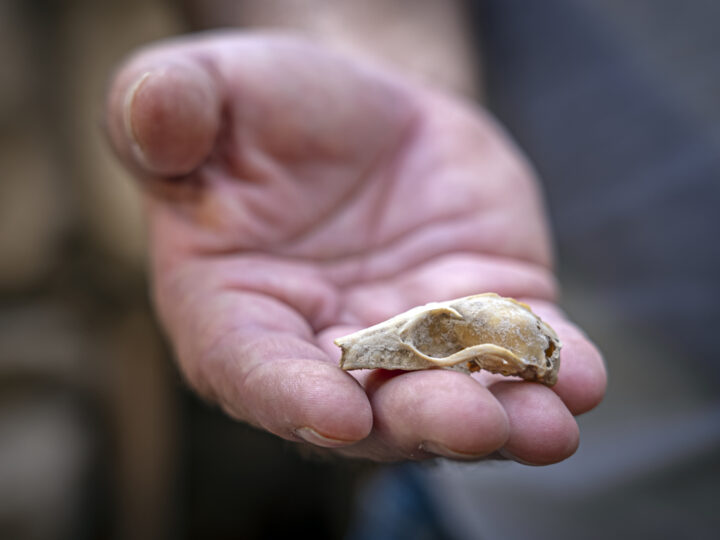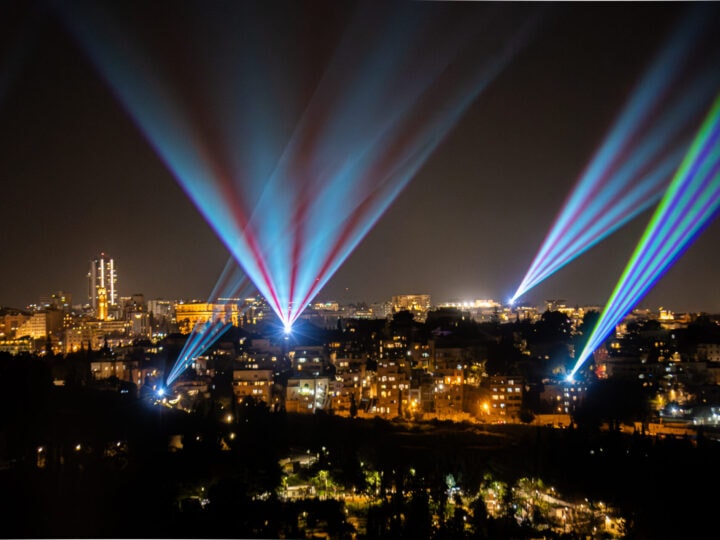A deep, rock-hewn 10th century dry moat and a mysterious hand imprint carved into a stone wall have been excavated in Jerusalem’s Old City by the Israel Antiquities Authority (IAA).
Once part of ancient Jerusalem’s defense infrastructure, the moat was excavated under Sultan Suleiman Street adjacent to the present Old City walls, prior to infrastructure work.
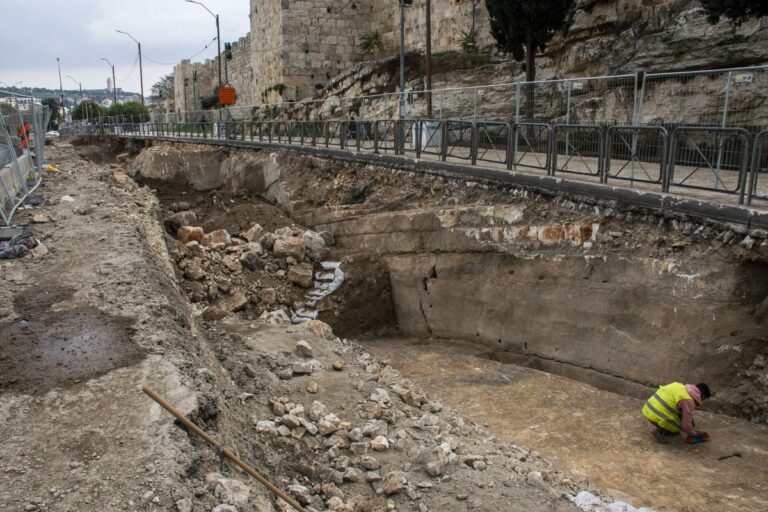
“Moats, usually filled with water, are well-known from fortifications and castles in Europe, but here the moat was dry, its width and depth presenting an obstacle slowing down the attacking army,” said IAA excavation director Zubair Adawi.
“People are not aware that this busy street is built directly over a huge moat, an enormous rock-hewn channel, at least 10 meters wide and between 2 and 7 meters deep,” Adawi said.
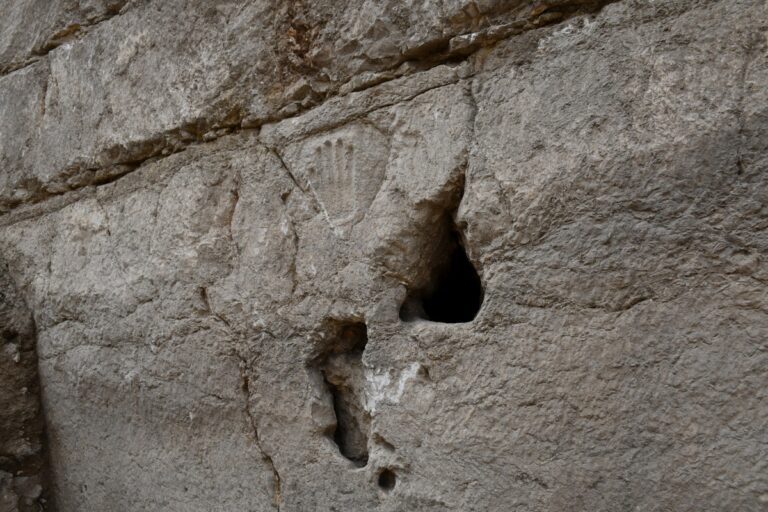
The moat dates back at least 1,000 years.
IAA Jerusalem regional director Amit Re’em said historians from the First Crusade described the walls of a “huge moat” in June 1099. It took them five weeks to cross it, “with deploying tactics and at the cost of much blood, under heavy fire from the Muslim and Jewish defenders.”
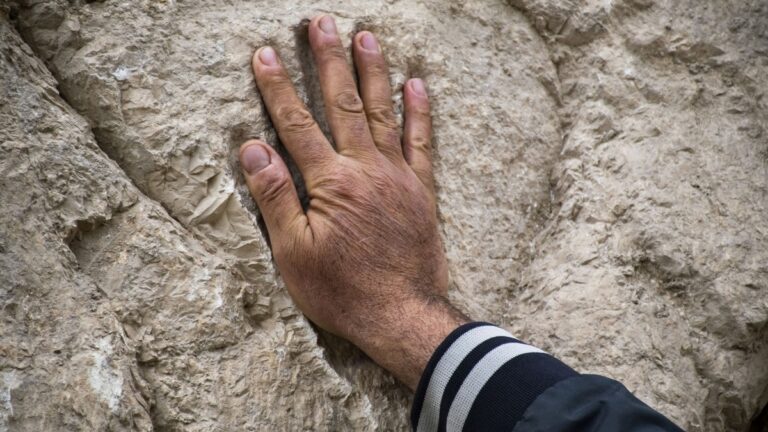
The excavated walls were much stronger than those of the Old City today, he said.
“The ancient fortifications of Jerusalem were formidable and complex, comprising walls and elements to hold off large armies storming the city.”
The excavation revealed two additional wide fortification walls between the moat and the city, as well as secret tunnels that once allowed city defenders to emerge into the moat, attack the enemy by surprise, and then retreat into the city.
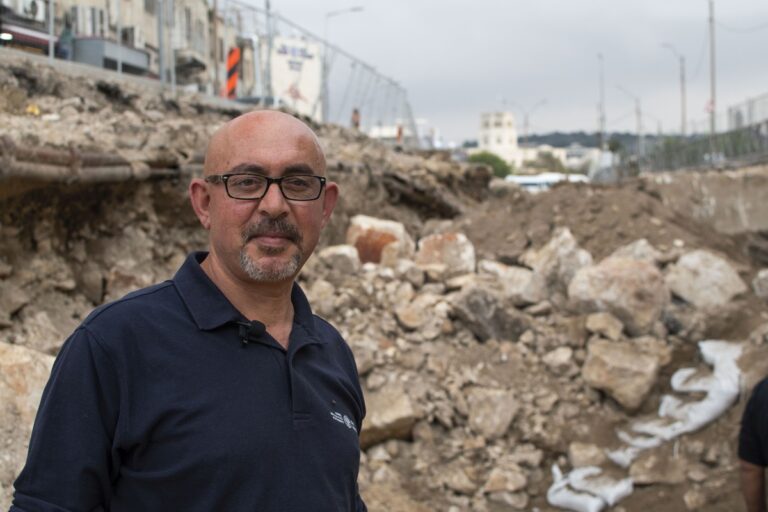
The significance of a lone hand-shaped carving in the rock wall of the moat is a mystery to the archeologists.
IAA director Eli Escosido called the discovery “a silent witness” to those who “dreamed about and fought for Jerusalem.”
“The archeological finds enable us to visualize the dramatic events and the upheavals that the city underwent. One can really imagine the tumult and almost smell the battle smoke. We are daily unraveling the intensive military history of the city.”
Escosido said the IAA “will make great efforts” to exhibit the finds to the public.















